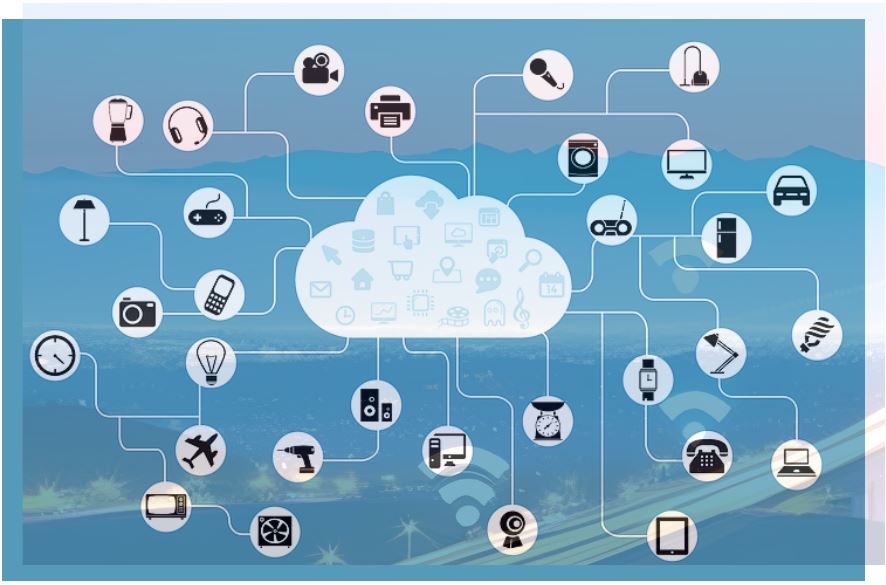
Technology is advancing at an unprecedented pace, with IoT, 5G, and 6G coming into usage. These technological advancements provide innumerable possibilities and innovations in all facets of our existence. Notably, the healthcare industry has reaped many benefits from IoT devices and sensors that allow remote monitoring of patients in real-time. With 5G and 6G, telemedicine and remote surgeries are set to revolutionize healthcare.
Moreover, the IoT has radically transformed home automation, giving us the ability to control and supervise every facet from our smartphones. In the workplace, IoT sensors and devices are simplifying processes, optimizing supply chain management, and ameliorating employee safety and productivity. Similarly, in fields such as agriculture, logistics, and manufacturing, IoT is enhancing efficiency and outcomes.
The autonomous vehicle industry is already in operation, and 5G and 6G technologies will facilitate communication between the vehicles and the surrounding infrastructure, augmenting road safety and efficacy. Using IoT and advanced wireless networks, electronic gadgets, including various smart speakers, kitchen appliances, wearables, and home security systems, will become more interconnected and integrated into our daily lives.
Nevertheless, as with any new technology, there are potential hazards and issues to think about. The world is becoming increasingly interconnected, rendering us more vulnerable to cybersecurity breaches and other security threats. In addition, as we become more reliant on technology to make more of our decisions, this can lead to humans giving up some of autonomy and control.
Overall, IoT, 5G, and 6G technologies present a plethora of prospects for innovation and growth in diverse domains of our lives. However, it is crucial to exercise caution and prudence when deploying these technologies to ensure they are used for the greater good of all. By collaborating and being cautious, we can establish a safer, more secure, and more interconnected future for all.
With digitalization, the Internet of Things (IoT) is fast becoming a big part of our lives. “Interconnectivity of devices” allows exchange of data and being able to perform various functions. These IoT devices hopefully will make our lives easier and more efficient.
New IoT innovations are being introduced that further enhance the capabilities of this technology. Below are some of the top IoT innovations 2023 set to revolutionize the way we live and work.
Top IoT Innovations: The Best IoT Technologies to Watch Out For
Edge Computing
Edge computing is a technology allowing data processing to be done on the edge of the network, rather than sending it all the way back to a centralized data center. This technology is ideal for applications needing real-time data processing, like self-driving cars and smart cities.
With edge computing, data can be processed in near real-time, reducing latency and improving the overall performance of IoT applications. This technology will become more prevalent, as it becomes more affordable and accessible to businesses, large and small.
Blockchain
Blockchain is a distributed ledger technology that is used to record transactions across multiple nodes in a network. It is ideal for IoT applications that require greater security and transparency, such as supply chain management and asset tracking.
In the future, we can expect to see an increase in the use of blockchain technology in IoT applications. Blockchain enables data can be securely stored and shared between devices, reducing data breaches and improving the overall reliability of IoT systems.
AI and Machine Learning
Artificial intelligence (AI) and machine learning (ML) enable machines to learn and adapt to new situations. AI and ML are ideal for IoT applications for intelligent decision-making, e.g. predictive maintenance and anomaly detection.
It is expected in the future, that there will be a greater increase in the use of AI and ML in IoT applications. With these technologies, IoT systems can become more autonomous, reducing human intervention and improving efficiency.
5G Connectivity
5G is one of the latest mainstream generation of cellular network technology before 6G, offering faster speeds and lower latency than prior generations. This technology is ideal for IoT applications that need real-time data processing, such as remote surgery and autonomous vehicles.
With 5G, IoT devices can communicate with each other more quickly and reliably, enabling a wider range of applications and use cases.
Digital Twins
A digital twin is a virtual representation of a physical object or system. This technology is great for IoT applications that require predictive maintenance and real-time monitoring, such as manufacturing and healthcare. With digital twins, IoT systems can be monitored and simulated in real-time, allowing businesses to identify and address issues before they any unforeseen events.
With so many new IoT innovations coming out each year, businesses will need to stay up-to-date with the latest trends and technologies to remain competitive. By adopting these top new technologies (edge computing, blockchain, AI, ML, 5G/6G connectivity, and digital twins, businesses can improve the efficiency and reliability of IoT systems, enabling them to stay ahead of the curve in a rapidly evolving landscape.
See more specific technology advances for IoT, 5G and 6G.





Recent Comments